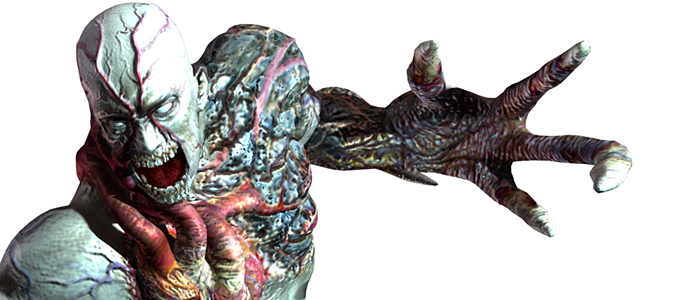Welcome to Guidance! Last week I said I was going to do an Iconic Design this week, a pirate build for Starfinder. Well, sad to say that isn’t happening. You see, I went to Disney World at the end of June and I came back with something unwanted. An upper respiratory infection. Or so I thought. If you’ve been watching me on podcasts I’ve done since the trip you’ve probably seen me mute my microphone and hack my lungs out for a bit before rejoining the conversation. Well, I went to UrgentCare and three days later—after I’m feeling better—they call me and tell me that I have a non-contagious strand of streph. (I think she said Streph B, specifically.) She told me that I didn’t need medication so long as I was feeling better, but she put in a script just in case I needed it.
Well, turns out I needed it. All last week I was in bed praying to at least twelve different gods that the bacteria on my throat would die a horrible, flaming death in the toxic heck-hole I was turning my body into using the antibiotics. And hey! Five days later and it worked. I’m alive and reasonably caught up on my Master’s classes. Huzzah! Everything’s great except for one, tiny little thing.
I forgot to write my Iconic Design.
… so. Let’s talk about the disease rules in Starfinder!
The Unchaining of Diseases
The Starfinder RPG doesn’t use the same rules for diseases that Pathfinder does. In fact, the rules it uses are nearly identical to the “unchained diseases” used in Pathfinder Unchained. So throw out everything you know about d20 diseases, because what we’re looking at is quite different.
- On the Right Track: All diseases in Starfinder are categorized by whether they kick the ever-living heck out of your body or your mind. As a result, all diseases can be categorized into physical diseases and mental diseases.
- Steps to Recovery (or Death): Both disease tracks consist of eight “steps” by default, starting at “healthy” and ending with “dead.” The second step for both types of diseases is “latent,” which is where you’re a carrier of the disease but haven’t suffered any of its effects yet (or haven’t fought it off all the way). Every time you fail a saving throw against a disease, you progress one step further down its track. Every time you pass a saving throw against a disease, your progress down your disease’s track is reduced by one step. In this way, you don’t “recover” until you’ve passed as many saves as you’ve failed. These conditions get worse and worse until you finally die.
- Multiple Exposures: Unlike in PF, multiple exposures to a disease doesn’t increase the disease’s save DC, nor does it progress you faster down the track. Once you have the common cold, exposure to more common cold doesn’t necessarily make you sicker. (This is why you can recover from an illness when everyone else in your house is sick, after all.)
Specific Diseases
In addition to these base rules, each disease has its own unique set of rules that modify the base disease tracks and their steps. For example, many diseases that cause a creature who dies from them to rise from the dead have “undeath” replace “death” as the disease’s end condition. Some diseases never advance to the point where they can kill you, while others have you start further down the track (and therefore can kill you faster). Essentially, the disease track serves as generic rules to be modified by the specific rules of each individual disease.
Alex’s Experience
In my experience, the new disease rules feel much more robust and powerful as a storytelling instrument then PF1’s. For example, it is much better as a GM to be able to say, “Well, based on the disease’s progress you’re now bedridden,” instead of, “Well, based on the disease’s progress you’ve now taken another 4 Constitution damage that you immediately heal away with restoration.” The former is less gamey; damage is an abstract game mechanic, but being bedridden? Well, we all have an idea of what that’s like and know how serious it can be. In James’s Dead Suns game, my soldier, Shoku, was rendered bedridden by an infestation of words, and I was so hysterical that I practically begged the other players to take a few downtime days to admit us into a hospital. I can assure you that if it was just Con damage, I’d have been like, “Yo Mystic, lesser restoration this away please!”
But like in the real world, Starfinder’s diseases are much more dangerous and much more deserving of worry.
I hope you all enjoyed this article—it’s definitely shorter then what I’d normally do, and I apologize for that. Hopefully I pass a few Fortitude saves this week and am in good shape to give you the pirate article you’ve been waiting for next week. Until then, take care (and try to pass your saves versus disease)!






